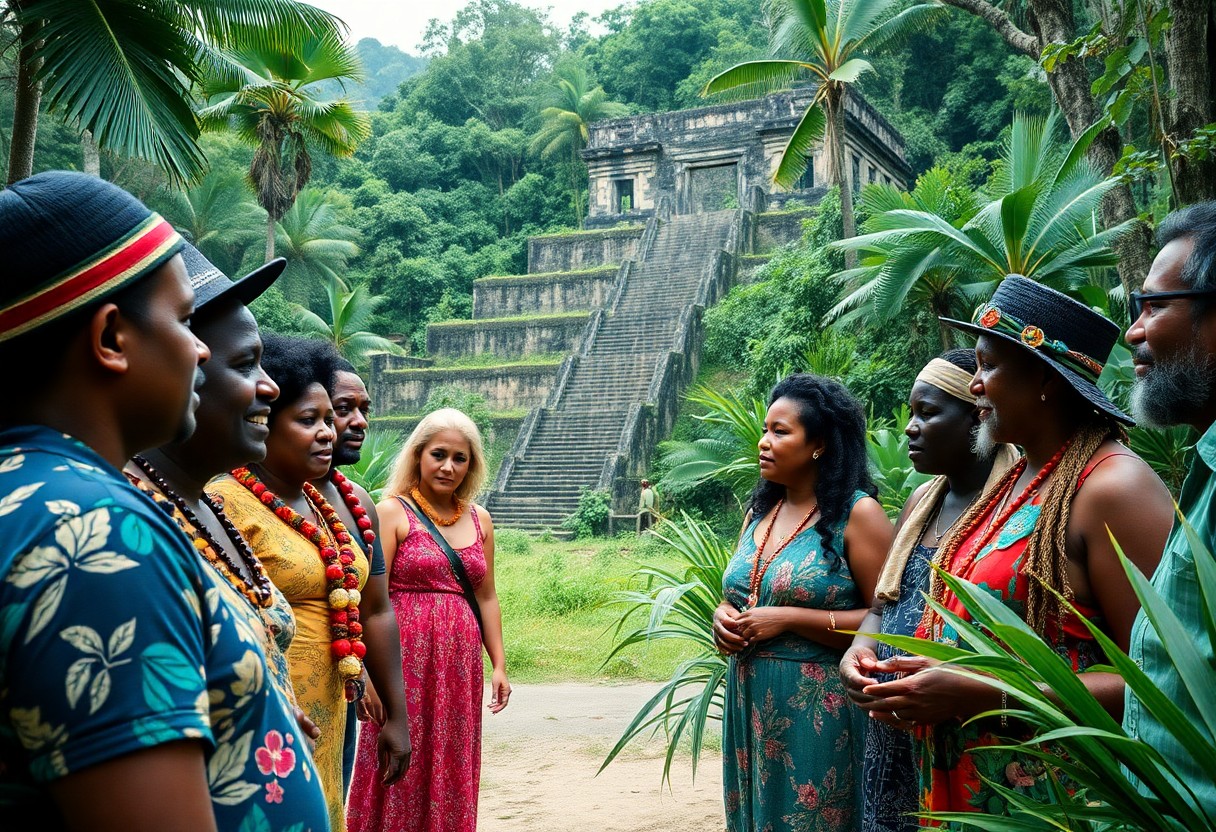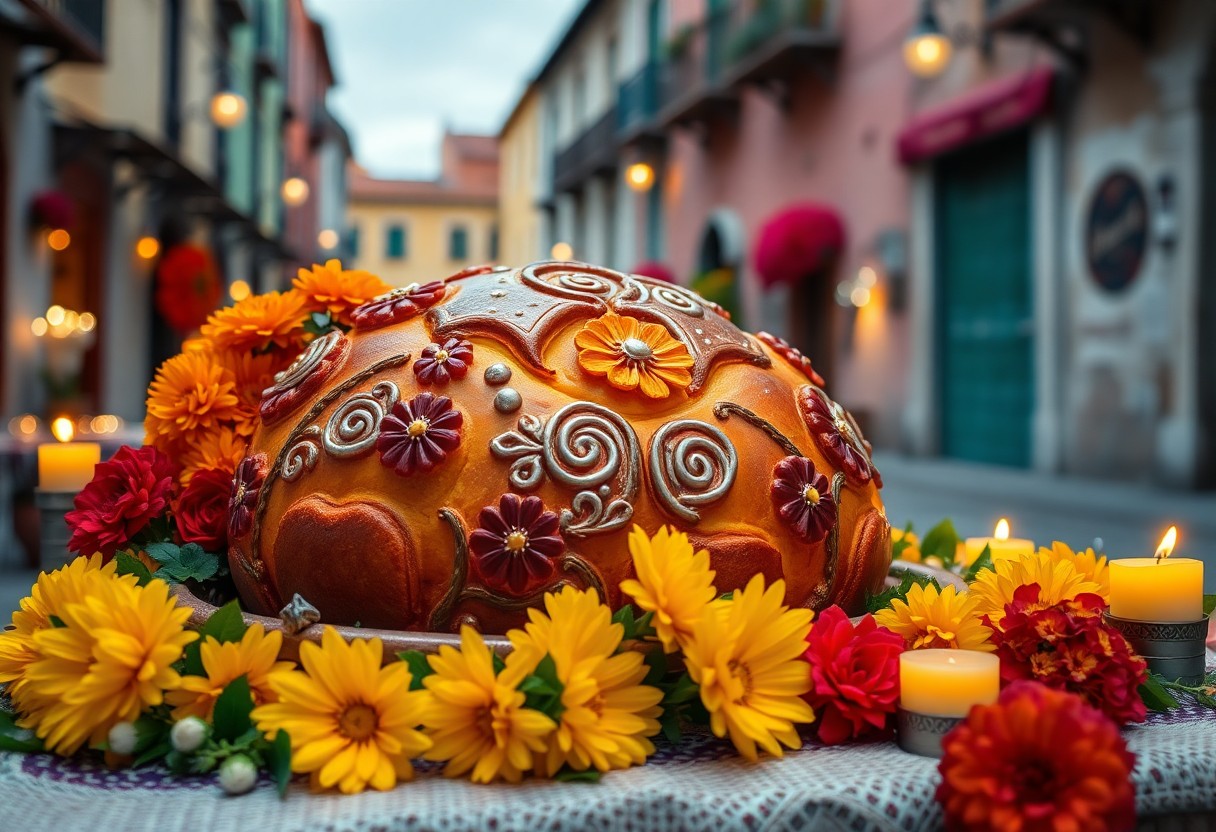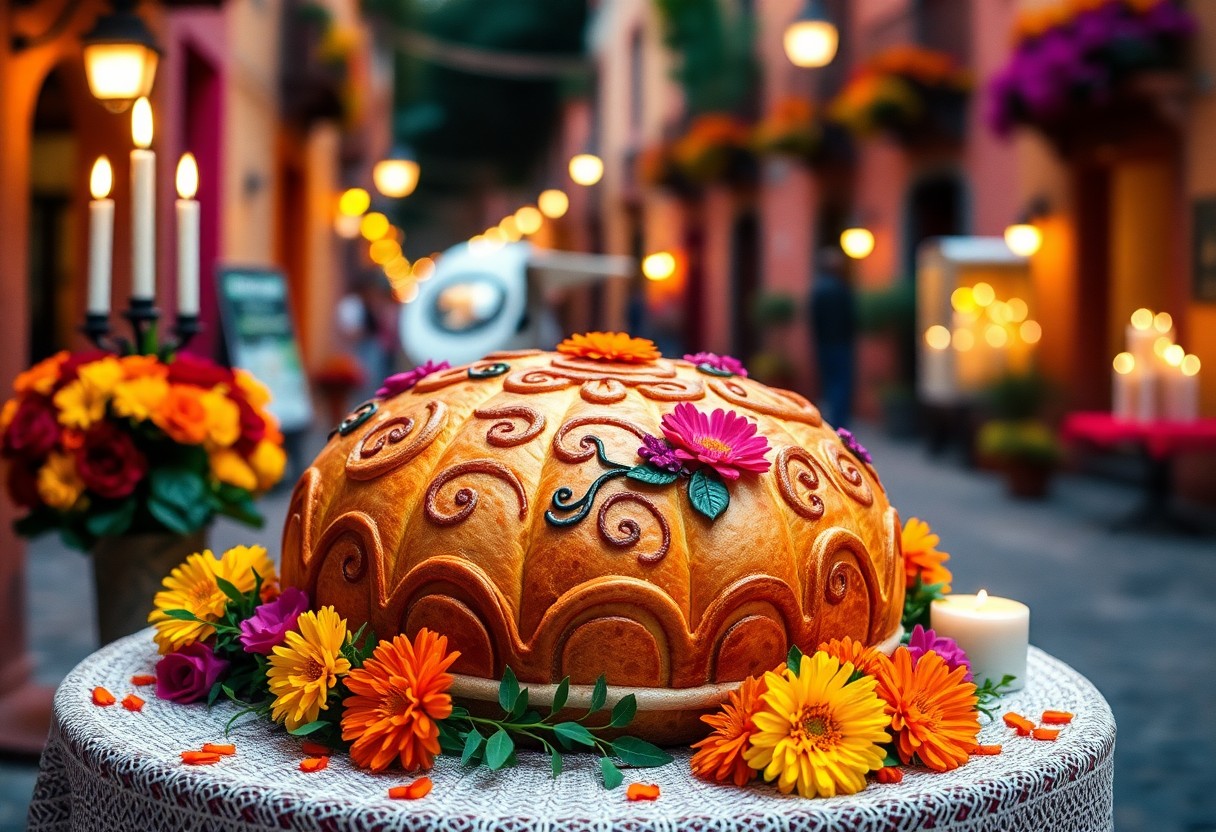Immerse Yourself in the Profound Cultural Values and Beliefs of Belize
Uncover the Fundamental Principles Shaping Belizean Society
Understanding the foundational values that influence daily life and social norms in Belize is crucial for appreciating its rich and intricate cultural tapestry. These essential principles, which include community, respect, and harmony, guide interpersonal relationships and shape community dynamics. Belize is celebrated as a vibrant melting pot of cultures, showcasing a diverse range of ethnic groups such as Mestizo, Creole, Garifuna, and Maya. This remarkable diversity contributes to a value system that emphasizes strong interpersonal relationships and communal support, where deep family ties and reverence for elders create a social environment that prioritizes collective well-being over individual desires.
Furthermore, the presence of strong communal bonds is evident in daily life, manifesting through celebrations of achievements or the resolution of conflicts. In many towns and villages, community meetings are organized to discuss local issues, fostering a sense of belonging and mutual support among residents. For those who wish to engage meaningfully with the people of Belize, understanding these cultural values is essential, as it lays the groundwork for respectful and enriching interactions that can enhance both personal experiences and community ties.
Examine the Integral Role of Family in Defining Belizean Cultural Identity
The structures of family significantly influence cultural identity and social organization in Belize. The definition of family often extends beyond immediate relatives, encompassing a broader network of extended family members. This interconnectedness ensures that traditions, responsibilities, and cultural practices are transmitted through generations. Family gatherings serve not only as joyful celebrations but also as vital platforms for education and the sharing of cultural heritage that strengthens community bonds.
In many Belizean communities, family hierarchies play a pivotal role in decision-making processes, with elders frequently consulted for their wisdom and guidance. Traditional roles within households dictate responsibilities, reflecting the cultural emphasis on respect and duty. Celebratory occasions, such as weddings and holidays, see families unite, proudly showcasing traditional attire and culinary practices that reinforce cultural continuity and identity, allowing individuals to connect with their roots.
Moreover, nurturing close-knit relationships fosters an environment where cultural values can thrive. These interactions are crucial for the emotional and social development of younger generations, ensuring that the cultural heritage remains vibrant and relevant within the community while instilling a sense of pride and belonging.
Investigate the Impact of Religion on Daily Life in Belize
Religion plays a significant role in shaping cultural practices and community events throughout Belize. The predominant faiths in the country include Roman Catholicism, numerous Protestant denominations, and the lasting influence of indigenous spiritual practices. Religion is deeply intertwined with daily life, influencing moral values and community interactions. Major religious celebrations, such as Christmas and Easter, are celebrated with great enthusiasm, showcasing unique local customs that reflect the essence of Belizean culture and its rich heritage.
For many Belizeans, spirituality transcends formal religious observances and permeates their daily routines, manifesting in practices such as household prayers and active participation in community worship. This intrinsic connection enhances a sense of communal solidarity, as religious gatherings often serve as social events where individuals share not only their faith but also their life stories and cultural experiences. Recognizing this aspect of Belizean culture can significantly enrich interpersonal relationships, as acknowledging and respecting religious beliefs is fundamental to social interaction.
Ultimately, the influence of religion on cultural practices illustrates the profound role that faith plays in shaping values and community dynamics. As individuals navigate significant life milestones—such as births, marriages, and deaths—religious customs provide a framework that honors traditions and fosters connections among community members, reinforcing the shared values that define Belizean society.
Assess the Role of Education in Shaping Belizean Cultural Values
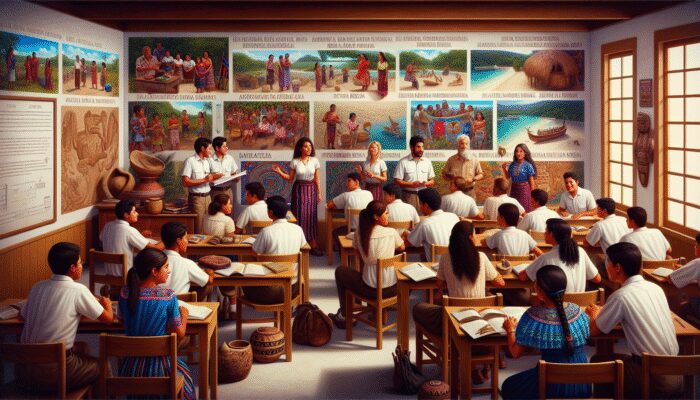
The education system in Belize not only reflects cultural values but actively shapes them, significantly influencing how future generations perceive and uphold societal norms and traditions. From primary to tertiary levels, educational structures prioritize academic achievement while instilling cultural pride and ethical values. Schools often integrate local history and traditions into their curricula, fostering a robust sense of identity and belonging among students.
Moreover, education provides a platform for critical thinking and awareness of global issues, empowering young people to navigate and appreciate diverse cultures. This holistic approach ensures that while students learn about their heritage, they also cultivate an understanding of the broader world, promoting inclusivity and respect for differences that enrich the educational experience.
Teachers and community leaders play a crucial role in this educational framework, communicating values that reflect Belizean culture. Various programs and community initiatives emphasize character education, reinforcing the significance of respect, honesty, and diligence among young learners.
As educational practices evolve, understanding the intersection between education and culture becomes essential for cultivating a future generation that values both local heritage and global citizenship, ensuring that cultural values are preserved and celebrated.
Celebrate the Diversity of Traditional Arts and Cultural Expression in Belize
Traditional arts, encompassing music, dance, and crafts, serve as vital expressions of cultural identity and heritage in Belize. The unique styles and forms of artistic expression often mirror the diverse backgrounds of the people, showcasing influences from African, Mayan, and Spanish traditions. For instance, the drumming and dance rituals of the Garifuna community illustrate a remarkable blend of cultural influences, forming an integral part of their identity and community gatherings.
Additionally, craftsmanship in Belize transcends mere artistic endeavor; it acts as a means of storytelling and preserving history. Artisans frequently utilize locally sourced materials to create pieces that embody both the beauty and narratives of their cultural heritage. Techniques such as weaving, pottery, and wood carving are passed down through generations, ensuring that traditional skills and customs remain vibrant and alive, enriching the cultural landscape of Belize.
The significance of art in culture cannot be overstated. It serves as a medium for cultural expression and preservation, allowing communities to celebrate their unique identities through creative endeavors. Art festivals and exhibitions provide local artists with platforms to showcase their work, fostering community pride and reinforcing cultural connections that contribute to a shared cultural experience.
In essence, traditional arts and crafts not only reflect individual creativity but also symbolize the collective history and values of Belizean society. They are vibrant forms of expression that contribute to a shared cultural experience, uniting individuals in the celebration of their unique heritage and fostering a sense of belonging.
Gain Expert Insights: A Comprehensive Guide to Understanding the People of Belize
Explore the Historical Context and Cultural Evolution of Belize
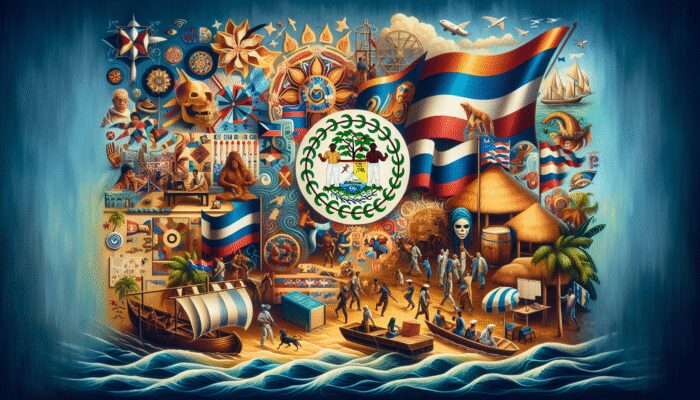
Historical events have profoundly shaped current cultural practices and beliefs in Belize. The impacts of colonialism, the quest for independence, and the fusion of various ethnicities have led to a rich and evolving cultural landscape. For example, the establishment of Creole and Garifuna cultures illustrates the dynamic nature of Belize’s heritage, where history intricately intertwines with modern identity.
Belize’s colonial past has left an indelible mark on its societal structures and cultural expressions. Events such as British colonization and the subsequent struggle for independence have instilled a sense of resilience and pride among Belizeans. This historical context is essential for appreciating the complexities of identity and the ongoing dialogues surrounding culture and heritage, allowing individuals to connect with the depth of Belize’s cultural narrative.
How Do Cultural Practices Evolve Over Time in Belize?
Cultural practices in Belize are not static; they continuously evolve in response to societal changes. Understanding this adaptation is key to appreciating the dynamic nature of culture. Several factors influence cultural adaptation, including:
- Globalization: Exposure to international cultures through media and travel broadens perspectives.
- Technological Advancements: The integration of technology in daily life and communication fosters innovation.
- Migration: The movement of people leads to cultural exchange and fusion of ideas.
- Societal Changes: Shifts in values and norms due to socio-economic factors create new cultural expressions.
- Education: Increased awareness and appreciation for diverse cultures enhance cultural dialogue.
- Political Influences: Changes in governance and policies affect cultural expression and community engagement.
These factors illustrate how Belizean culture is influenced by both internal and external dynamics, leading to innovative expressions of tradition and modernity. As individuals and communities navigate these changes, they often find ways to honor their heritage while adopting new practices, enriching the overall cultural landscape and ensuring that Belize remains a vibrant tapestry of traditions.
What Are the Impacts of Cultural Exchange on Belizean Society?
Cultural exchange can yield both enrichment and challenges within Belize’s society. Through interactions with diverse cultures, Belizeans broaden their perspectives, enhancing their appreciation for diversity and fostering creativity. This exchange promotes innovation and collaboration, as individuals draw inspiration from various customs and practices, enriching the cultural fabric of the nation.
Conversely, cultural exchange can also present challenges, such as the risk of cultural dilution or the loss of traditional practices. It is vital for Belizeans to navigate these dynamics thoughtfully, striking a balance between embracing new ideas and preserving their rich cultural heritage. Understanding these impacts fosters a deeper appreciation of the complexities surrounding cultural dynamics and societal integration in Belize, ensuring that cultural identity remains intact.
Experience the Vibrancy of Traditional Arts and Crafts in Belize
Discover the Techniques and Materials Employed in Belizean Crafts
Traditional arts and crafts in Belize are deeply rooted in cultural heritage, showcasing unique skills and local resources that reflect the artistic traditions of the region. Various techniques, including hand-weaving, pottery, and wood carving, illustrate the artistic practices passed down through generations. Artists often utilize materials sourced from their immediate environment, such as clay, wood, and natural fibers, enriching their creations while reinforcing their connection to the land and their cultural identity.
For example, the art of basket weaving, a craft commonly practiced by the Maya, utilizes abundant palm fronds found in the region. This craft is not only functional but also represents intricate patterns and designs that embody cultural significance and storytelling traditions. Pottery, another traditional craft, frequently features symbols that reflect the history and beliefs of the artisans, serving both practical and cultural purposes. The continued use of traditional techniques ensures that cultural narratives are preserved while also allowing room for personal expression and innovation.
This integration of local materials and techniques speaks to the sustainability of Belizean arts, as artisans adapt to maintain their relevance in a changing world while staying true to their roots. Their dedication to preserving traditional skills illustrates a strong commitment to cultural continuity and identity that enriches the artistic landscape of Belize.
What Is the Importance of Art in Belizean Culture?
Art serves as a profound medium for cultural expression and preservation in Belize, playing a crucial role in maintaining and celebrating cultural identity. It encompasses diverse forms, from visual arts to performing arts, each contributing to the rich cultural narrative of the nation. Through artistic expression, communities convey their histories, values, and aspirations, creating a collective memory that shapes their identity and fosters community cohesion.
Moreover, art allows for the exploration of contemporary issues while remaining deeply rooted in tradition. For example, modern Belizean artists frequently blend traditional themes with contemporary techniques, sparking dialogue about cultural evolution and social change. This dynamic interplay between tradition and modernity ensures that Belize’s cultural heritage remains vibrant and relevant in today’s global context, inviting both locals and visitors to engage with its artistic expressions.
The significance of art extends beyond aesthetic appreciation; it functions as a vehicle for community engagement and dialogue. Art festivals and exhibitions provide opportunities for individuals to come together, fostering unity and celebrating shared identity. Through the lens of culture, art becomes a powerful tool for both individual expression and collective storytelling, reinforcing social ties and cultural pride within Belizean society.
How Do Crafts Influence Community Identity in Belize?
Crafts are not mere products; they symbolize community pride and identity in Belize. Each craft embodies shared history and values, reflecting the unique characteristics of the community from which it originates. For instance, traditional Mayan pottery is not only handcrafted but also tells stories of ancestral practices, while Garifuna musical instruments represent cultural resilience and continuity, serving as reminders of the community’s rich heritage.
Crafts foster a sense of pride among artisans, as they play a crucial role in preserving cultural heritage. Local markets and festivals often showcase these crafts, providing artisans with opportunities to connect with their communities while promoting cultural awareness. This exchange contributes to a collective identity, reinforcing social bonds and celebrating the diversity of Belizean society through shared creative expressions.
The influence of crafts extends beyond aesthetics; they also serve as a means of economic empowerment for artisans, enabling them to sustain their livelihoods while preserving their cultural practices. This dual role of crafts as both a source of identity and economic viability underscores their significance in Belizean society, ensuring that cultural traditions thrive alongside modern developments.
Research-Backed Advantages of Understanding the People of Belize: An In-Depth Cultural Guide
Enhance Your Cross-Cultural Communication Skills for Better Engagement
Improving cross-cultural communication is essential for fostering meaningful interactions in diverse environments. Actionable steps include actively listening to others, practicing empathy, and acknowledging cultural differences. By becoming aware of various communication styles, individuals can navigate cultural nuances and foster deeper connections with Belizeans, enhancing mutual understanding.
Moreover, engaging in cultural exchanges, such as attending local events or participating in community activities, can significantly enhance your understanding and respect for different customs. This proactive approach ensures that communication transcends mere word exchange, fostering the sharing of experiences and values that enrich interpersonal relationships and promote cultural appreciation.
What Are the Benefits of Cultural Awareness in Belize?
Cultural awareness fosters empathy and understanding, which are pivotal for nurturing better personal and professional relationships. By being cognizant of cultural differences, individuals can navigate interactions with greater sensitivity, effectively reducing misunderstandings and conflicts. This awareness enhances collaboration in multicultural environments, leading to more productive relationships in both social and business contexts, ultimately contributing to a harmonious society.
Furthermore, cultural awareness encourages appreciation for diversity, promoting an inclusive atmosphere where individuals feel valued and respected. This sense of belonging boosts morale and positively contributes to community dynamics, resulting in enriched social interactions that strengthen societal ties and enhance the overall quality of life in Belize.
Promote Cultural Preservation Through Active Engagement with Local Traditions
Understanding cultural nuances is vital for promoting cultural preservation in Belize. By valuing and respecting local traditions, individuals contribute to the sustainability of cultural practices that are at risk of fading. Engaging with local communities and supporting traditional arts and crafts nurtures the environment in which these cultural expressions thrive, ensuring that they are celebrated and passed down through generations.
Moreover, education plays a critical role in cultural preservation. By integrating local history and traditions into educational curricula, future generations can appreciate their heritage and become advocates for its continuation. This proactive approach ensures that cultural practices are not only celebrated but also actively preserved for years to come, fostering a sense of responsibility and pride among the youth.
Enhancing Tourism Experiences Through Cultural Understanding and Respect
Understanding the culture of Belize enhances the experiences of tourists, promoting respect and appreciation for local customs and traditions. Tourists who actively engage with local communities and participate in cultural events develop deeper connections to the places they visit, allowing them to immerse themselves in the daily lives of Belizeans and fostering meaningful interactions.
Additionally, businesses in the tourism sector can benefit from this cultural understanding by offering authentic experiences that reflect local values and traditions. Such initiatives foster responsible tourism, ensuring that visitors contribute positively to the communities they engage with while preserving the rich cultural heritage of Belize, ultimately enhancing the overall travel experience.
Celebrate the Diversity of Festivals and Cultural Celebrations in Belize
Discover Major Cultural Events and Their Significance in Belizean Life
Festivals and celebrations are pivotal expressions of culture within Belize, marking significant historical or seasonal events through unique customs and traditions. Events such as Garifuna Settlement Day and the Belize Carnival exemplify the vibrancy of Belizean culture, highlighting the importance of community participation and cultural pride in shaping identity.
For instance, Garifuna Settlement Day, celebrated on November 19th, commemorates the arrival of the Garifuna people in Belize. This event not only celebrates their rich heritage but also promotes awareness of their contributions to Belizean culture. Traditional dancing, music, and culinary offerings are integral to the festivities, reinforcing cultural identity and community cohesion, while inviting others to participate in this vibrant expression of culture.
These celebrations serve as platforms for cultural exchange, where diverse groups unite to honor shared histories while showcasing their unique traditions. Understanding these events is crucial for appreciating the richness of Belizean culture and the values they represent, fostering a greater sense of community among residents and visitors alike.
How Do Celebrations Reflect Core Cultural Values in Belize?
Celebrations in Belize reflect the cherished cultural values within society, showcasing what is prioritized among its people. Events often emphasize community, family, and tradition, illustrating the importance of collective experience and support. This communal aspect is especially evident during major holidays and festivals, where widespread participation reinforces social bonds among residents and strengthens the fabric of community life.
For example, during Christmas, Belizeans engage in various traditions that highlight family togetherness and generosity. Festive meals, communal gatherings, and acts of kindness are emblematic of the values that underpin Belizean culture. Such celebrations foster unity and a sense of belonging, allowing individuals to connect with their heritage and one another, reinforcing the importance of shared experiences in cultural identity.
Ultimately, these cultural expressions serve as reminders of the values that shape Belizean identity, encouraging individuals to uphold and celebrate their traditions while fostering a sense of pride within the community and among future generations.
Encouraging Active Community Involvement in Cultural Festivities
Festivities in Belize often engage the entire community, fostering a sense of unity and shared cultural identity. Community participation can take various forms, including:
- Organizing local events and parades to celebrate cultural heritage and traditions.
- Volunteering for community service projects during festive seasons, enhancing community spirit.
- Participating in traditional performances and artistic displays that showcase local talents.
- Contributing to the preparation of communal meals that highlight local cuisine and flavors.
- Engaging in storytelling sessions that share local legends and history, preserving oral traditions.
- Creating community decorations that reflect cultural symbols and values, enhancing festive atmospheres.
- Encouraging local businesses to promote cultural products and services, supporting the economy.
- Involving younger generations in planning and executing events, ensuring the future of cultural practices.
Through these activities, communities reinforce their cultural identity while fostering connections among residents. This involvement not only enriches the festive experience but also strengthens the social fabric, ensuring that cultural traditions are actively preserved and celebrated for future generations.
Language and Communication in Belize: Understanding Cultural Nuances
Explore the Languages and Dialects Commonly Spoken in Belize
Language is a key component of cultural identity in Belize, with a rich tapestry of languages and dialects in use. The official language is English, but many Belizeans also speak Spanish, Creole, Garifuna, and various Mayan languages. This linguistic diversity reflects the country’s multicultural heritage and the blending of various ethnic identities, enriching the cultural landscape.
The prevalence of different dialects often highlights regional and social nuances, contributing to a deeper understanding of Belizean culture. For example, Creole English, while rooted in English, incorporates elements of African languages and local vernacular, showcasing the unique identity of the Creole community. Understanding these linguistic dimensions is essential for engaging effectively with Belizean culture and fostering meaningful interactions that bridge cultural divides.
What Role Does Language Play in Belizean Culture?
Language transcends a mere communication tool; it serves as a carrier of cultural values and history in Belize. Through language, individuals communicate their identities, traditions, and worldviews, shaping and reflecting cultural narratives. The nuances of language provide insights into community norms, beliefs, and social structures, making it a vital aspect of cultural expression that informs social interactions.
Moreover, storytelling and oral traditions are integral to Belizean culture, often transmitted through language. Folktales, proverbs, and songs encapsulate life lessons and cultural values, ensuring that wisdom is passed down through generations. This oral heritage fosters a sense of belonging, connecting individuals to their roots while reinforcing community identity and continuity in cultural traditions.
Understanding the role of language in culture enables individuals to appreciate the depth and richness of Belizean heritage, fostering connections that transcend mere communication and enhance interpersonal relationships.
Recognizing the Importance of Non-Verbal Communication in Belizean Interactions
Non-verbal cues play a crucial role in understanding cultural communication in Belize, often conveying messages that words alone cannot express. Body language, gestures, and facial expressions enrich social interactions, adding layers of meaning to communication. For instance, eye contact can signify respect and attentiveness, while a warm smile often indicates friendliness and openness, creating a welcoming atmosphere.
Additionally, the use of space and physical proximity in conversations can vary among cultural groups in Belize. Understanding these non-verbal cues is essential for navigating social interactions, as they can indicate comfort levels and relational dynamics. Being attuned to these signals allows individuals to engage more effectively, fostering deeper connections and mutual respect among community members, enhancing the overall quality of interpersonal communication.
In essence, non-verbal communication enhances the richness of cultural exchange, enabling a more profound understanding of Belizean customs and social etiquette that is essential for building relationships.
Frequently Asked Questions About the Rich Culture of Belize
What are the primary cultural values in Belize?
The primary cultural values in Belize include community, respect for elders, family ties, and a strong connection to heritage. These values are reflected in social interactions and community dynamics, guiding behavior and relationships among individuals.
How does family influence cultural identity in Belize?
Family plays a crucial role in shaping cultural identity by fostering strong ties, passing down traditions, and reinforcing social structures that influence daily life and interactions within communities, ensuring cultural continuity.
What role does religion play in the cultural fabric of Belize?
Religion significantly influences cultural practices, community events, and moral values, often shaping daily routines and guiding major life milestones within Belizean society, providing a sense of purpose and belonging.
How does education impact the cultural values of Belize?
Education impacts cultural values by incorporating local history and traditions into curricula, fostering an appreciation for heritage while promoting critical thinking and awareness of global issues that shape societal perspectives.
What traditional arts are significant in Belize?
Significant traditional arts in Belize include music, dance, crafts like pottery and weaving, and visual arts that reflect the country’s diverse cultural heritage and artistic expression, showcasing the creativity of its people.
How do festivals reflect the cultural values of Belize?
Festivals reflect Belizean cultural values by emphasizing community, family connections, and the celebration of heritage through shared traditions and communal participation in various events that strengthen social bonds.
What are the advantages of cultural awareness in Belize?
Cultural awareness fosters empathy, understanding, and respect for diversity, enhancing personal and professional relationships while promoting inclusivity and harmony in society, contributing to a cohesive community.
How can tourists enhance their experience in Belize?
Tourists can enhance their experience in Belize by engaging with local communities, participating in cultural events, and respecting local customs to foster meaningful connections and enrich their travel experiences.
What are the common languages spoken in Belize?
The common languages spoken in Belize include English, Spanish, Creole, Garifuna, and various Mayan languages, reflecting the country’s multicultural heritage and linguistic diversity that enriches its cultural narrative.
Why is non-verbal communication important in Belizean culture?
Non-verbal communication is important in Belizean culture as it conveys emotional nuances and social cues essential for building trust and understanding in interpersonal interactions, enhancing overall communication effectiveness.
The Article Belize Cultural Guide: Understanding Its Diverse People appeared first on Belize Travel Guide
The Article Belize Cultural Guide: Exploring the Richness of Its People Was Found On https://limitsofstrategy.com

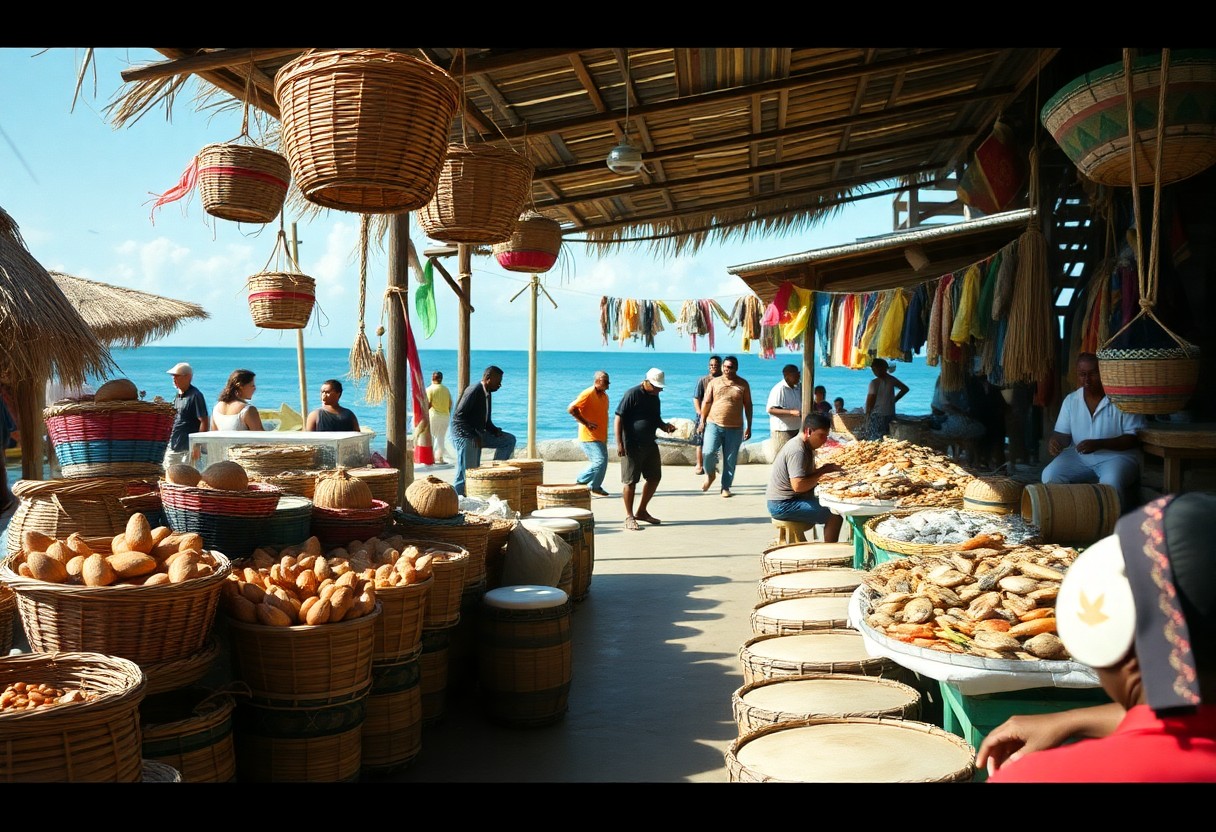



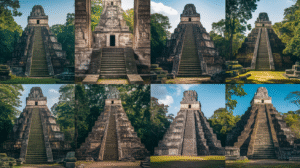

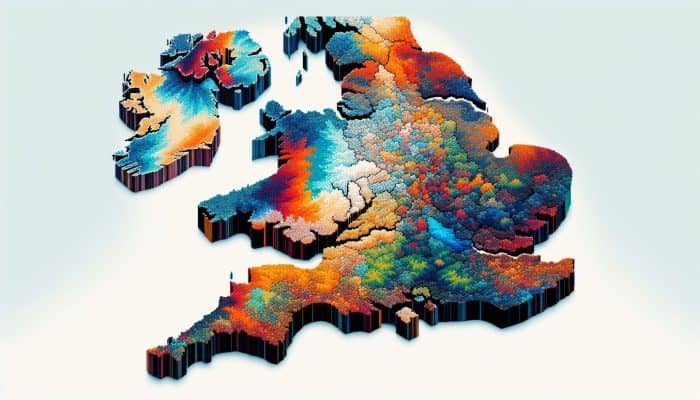






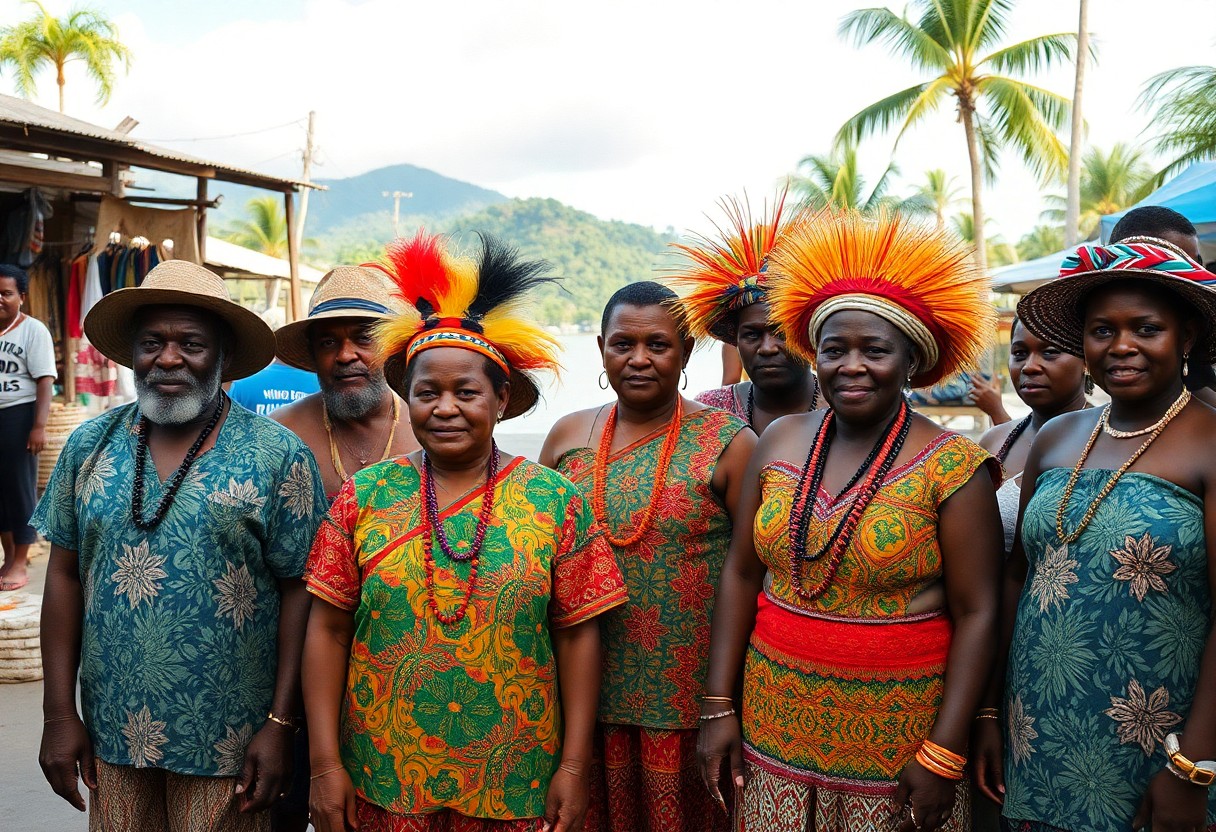
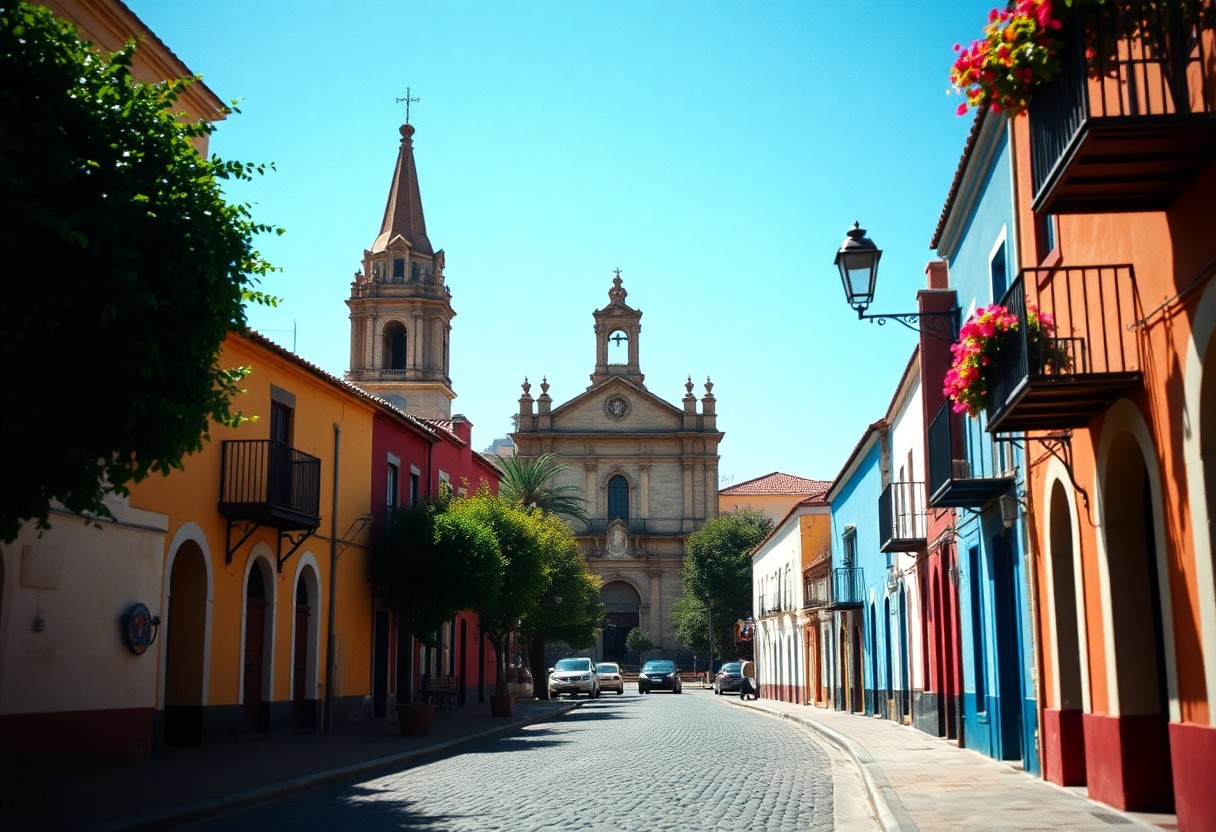
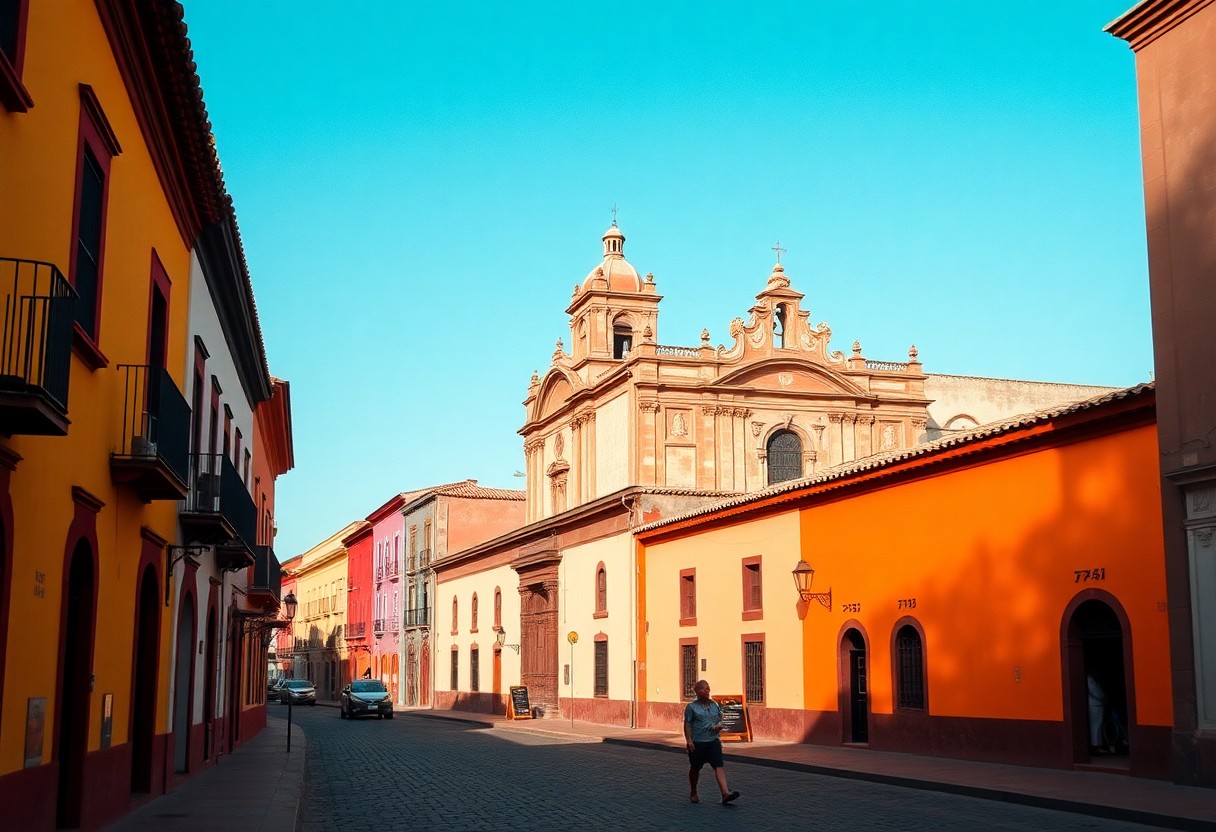
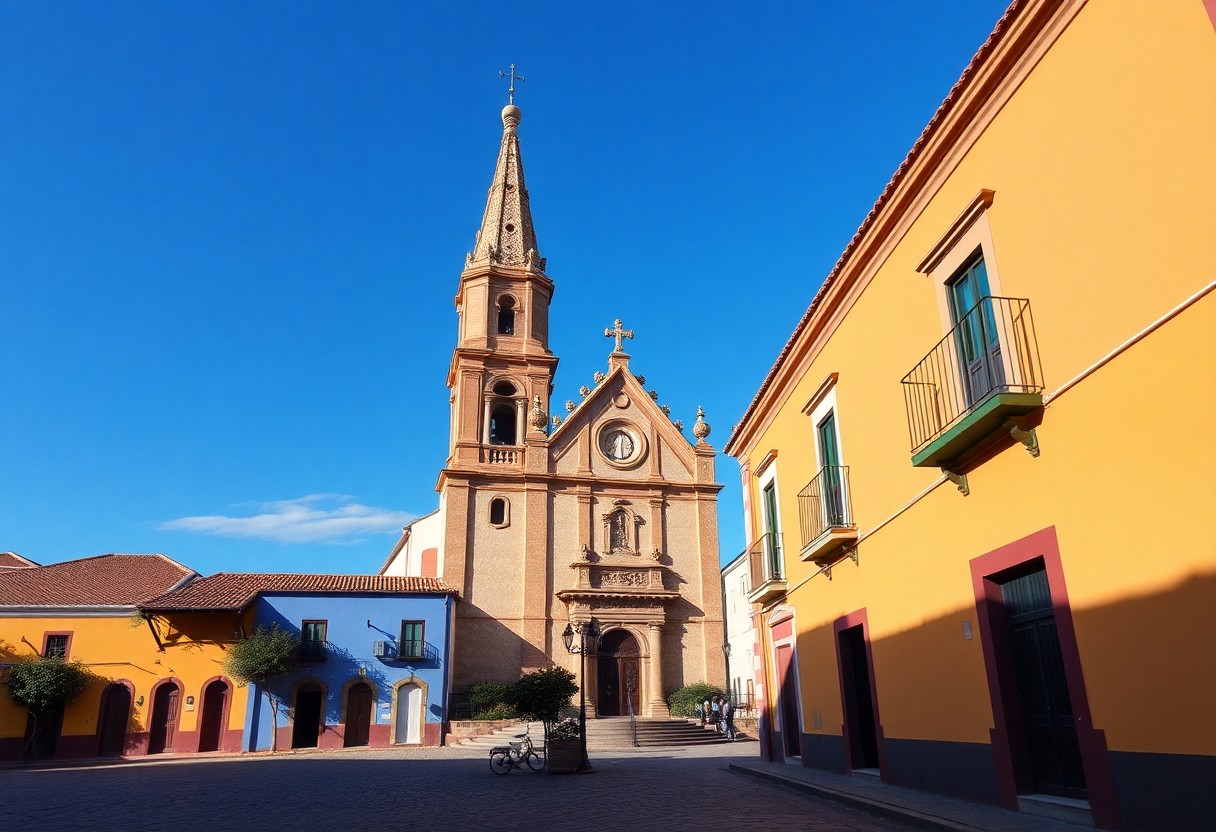 Here’s a look at the role of education in appreciating heritage:
Here’s a look at the role of education in appreciating heritage: